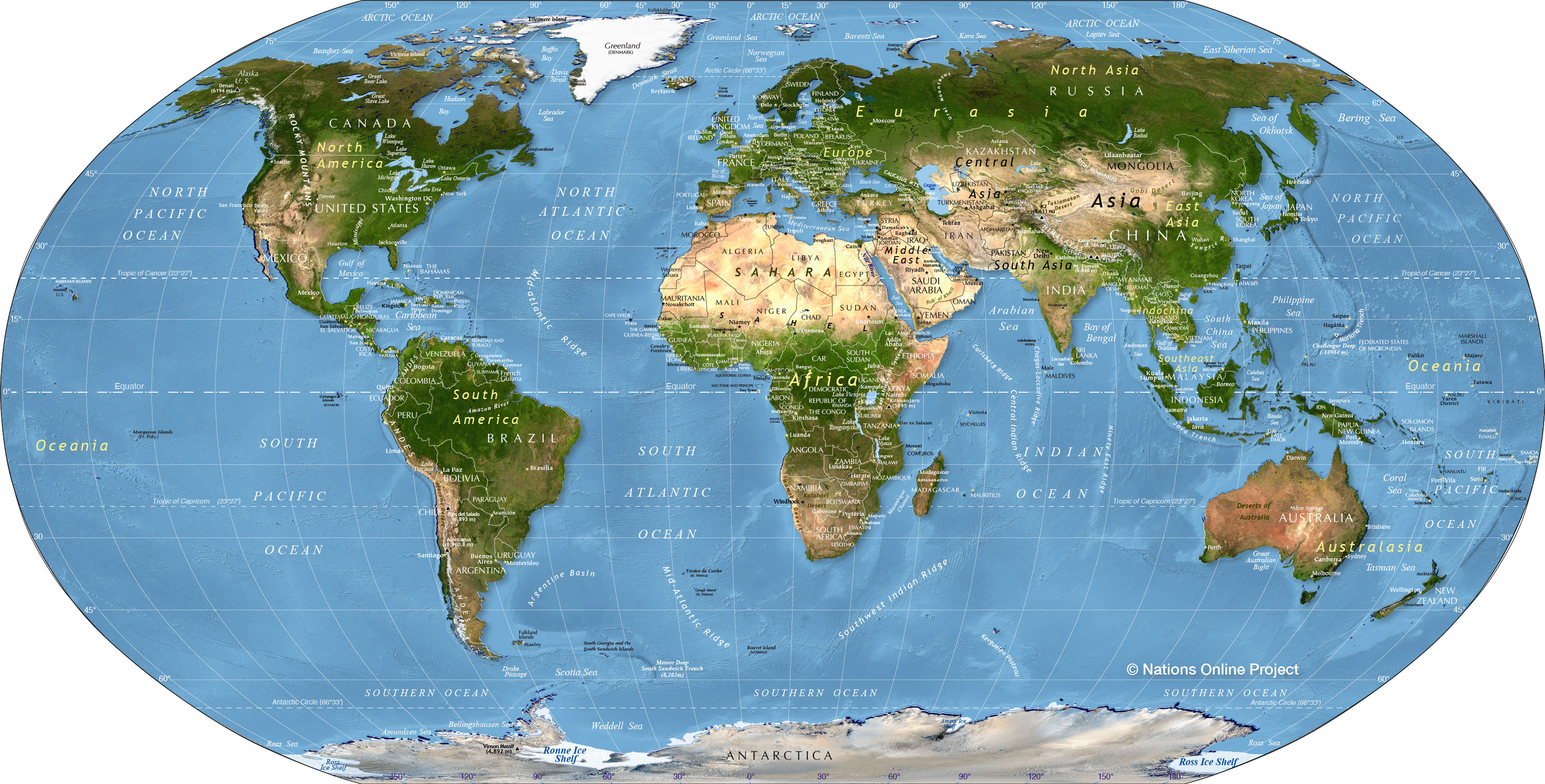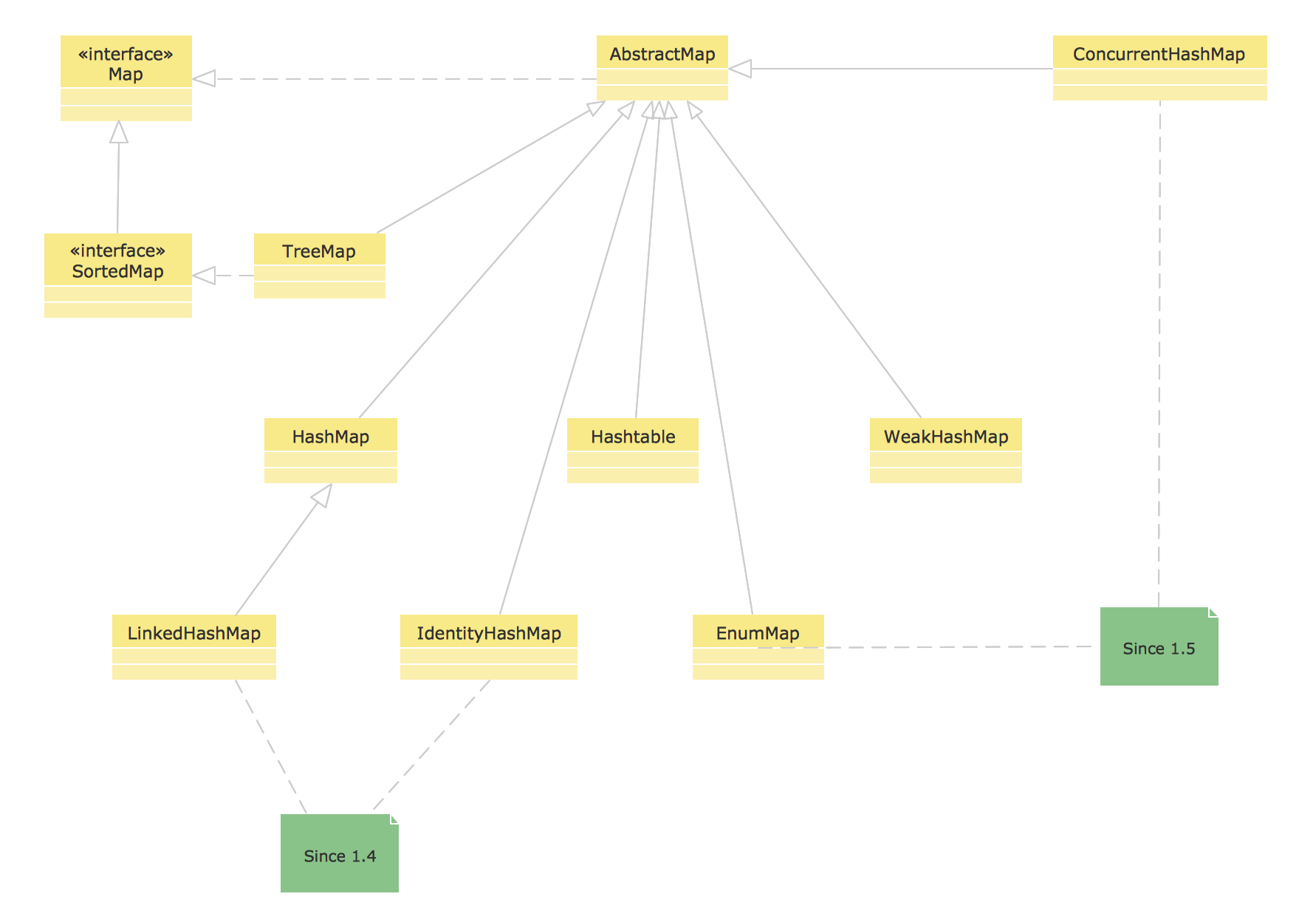Metamorphism, Seismic Amplification, and Earthquake Hazard
Have you ever wondered why some areas experience much more intense shaking during an earthquake than others, even at the same distance from the epicenter? The answer lies, in part, beneath our feet, in the complex world of metamorphic rocks and how they influence seismic wave propagation. This article will unravel the fascinating relationship between metamorphism and the amplification of seismic waves, shedding light on the geological processes that can exacerbate earthquake intensity.
Understanding Metamorphism and Rock Properties
Metamorphism, in essence, is the transformation of existing rocks (igneous, sedimentary, or other metamorphic rocks) into new forms due to changes in temperature, pressure, or chemical environment. These transformations alter the mineral composition and texture of the rock, significantly impacting its physical properties. The resulting metamorphic rocks possess varying degrees of foliation, mineral alignment, and density, all of which play a crucial role in how seismic waves travel through them. For example, a shale (sedimentary rock) under intense heat and pressure becomes a slate (metamorphic rock) with a different structure. This structural change affects the rock's ability to conduct seismic waves.
The key properties affected by metamorphism and relevant to seismic wave propagation include:
- Density: Metamorphism can increase or decrease rock density, depending on the specific processes and resulting mineralogy. Higher density generally leads to faster wave velocities.
- Elasticity: The ability of a rock to deform and return to its original shape after the passage of a seismic wave. Metamorphism can alter the elasticity of rocks, affecting wave speeds and amplitudes.
- Anisotropy: The directional dependence of rock properties, particularly wave velocity. Foliated metamorphic rocks exhibit significant anisotropy.
Seismic Wave Propagation Through Metamorphic Terrains
Seismic wave propagation is governed by the physical properties of the materials through which the waves travel. When seismic waves encounter a boundary between rocks with different densities or elastic properties, they can be reflected, refracted, or converted into other types of waves. In areas with complex geological structures, such as those dominated by metamorphic rocks and fault zones, these interactions can become quite intricate, leading to significant variations in ground motion amplification.
Metamorphic rocks, with their often-layered and anisotropic structure, can cause seismic waves to travel at different speeds in different directions. This anisotropy affects the way waves propagate through the earth, and may focus them in certain locations and directions. Wave velocity, a critical factor in determining travel time and amplitude, is strongly influenced by the composition and structure of these metamorphic rocks. According to a 2024 study published in the "Journal of Geophysical Research," the presence of highly foliated metamorphic rocks near major fault zones can increase ground motion amplification by up to 30% during a significant seismic event.
The Role of Geological Structures and Crustal Deformation
The geometry of geological structures, such as folds, faults, and shear zones, which are commonly associated with metamorphic rocks, plays a crucial role in seismic wave behavior. These structures can act as waveguides, focusing seismic energy towards the surface and increasing ground motion amplification. Crustal deformation, often manifested in the form of these structures, is a direct consequence of tectonic forces that also drive metamorphism. The presence of fluids within fault zones can further complicate the picture, altering wave velocity and affecting the stability of the fault.
Fault Zones as Amplifiers
Fault zones, particularly those intersecting metamorphic rocks, are often associated with increased ground motion amplification. The fractured and altered rock within these zones tends to have lower wave velocity, causing seismic waves to slow down and increase in amplitude. This phenomenon is particularly pronounced in areas with shallow, steeply dipping faults.
Fold Structures and Wave Focusing
Fold structures, common in metamorphic terrains, can focus seismic waves towards the hinges of the folds. This focusing effect can lead to localized areas of intense shaking, even at a distance from the earthquake epicenter. The geometry of the fold and the contrasting rock density between different layers play a key role in determining the magnitude of amplification.
Shear Zones and Anisotropic Propagation
Shear zones, characterized by intense deformation and shearing of rocks, can create highly anisotropic zones where seismic waves travel at different speeds depending on their direction of propagation. This anisotropy can lead to complex wave patterns and localized ground motion amplification.
Case Studies and Examples
Several real-world examples illustrate the impact of metamorphic rocks on seismic hazard assessment. The 1985 Mexico City earthquake, for instance, demonstrated how soft sediments overlying a buried lakebed amplified seismic waves, leading to catastrophic damage. While not directly related to metamorphic rocks, this example highlights the importance of understanding subsurface geology in predicting ground motion amplification. Similarly, the 1995 Kobe earthquake in Japan revealed the role of fractured and weathered rock (often associated with fault zones and potentially metamorphic rocks) in exacerbating damage in certain areas. These events underscore the need for detailed geological and geophysical investigations to assess seismic hazard accurately. Recent research in the Himalayas, a region characterized by extensive metamorphic rocks and active tectonics, has shown a strong correlation between metamorphic rock formations and increased earthquake intensity.
Consider the following table showcasing the different impact of metamorphic rocks under different conditions:
| Metamorphic Rock Type | Geological Setting | Impact on Seismic Wave Amplification |
|---|---|---|
| Gneiss | Areas with regional metamorphism and complex folding | Moderate to high amplification, depending on foliation and fracturing |
| Schist | Areas with strong foliation and aligned minerals | High amplification due to anisotropic wave propagation |
| Marble | Areas with recrystallized carbonate rocks | Variable amplification depending on grain size and fracturing |
| Quartzite | Areas with highly compressed sandstone formations | Lower amplification compared to foliated rocks, but still significant if fractured |
Implications for Seismic Hazard Assessment and Mitigation
Understanding the influence of metamorphic rocks on seismic wave propagation is crucial for accurate seismic hazard assessment and effective mitigation strategies. Traditional methods often rely on simplified geological models that may not adequately capture the complexities of metamorphic terrains. Incorporating detailed geological mapping, geophysical surveys, and numerical modeling can improve our ability to predict ground motion amplification and identify areas at high risk. This information can then be used to inform building codes, land-use planning, and emergency preparedness efforts.
One approach is to use microzonation techniques to map areas with varying levels of seismic hazard based on local geological conditions, including the presence of metamorphic rocks and fault zones. This allows for more targeted mitigation measures, such as reinforcing buildings in high-risk zones or avoiding construction in areas prone to landslides or liquefaction. Furthermore, public education campaigns can raise awareness of seismic risk and encourage residents to take steps to protect themselves and their property. Statistics show that communities with higher awareness of seismic risk exhibit better emergency preparedness and experience lower casualties during earthquakes.

Mitigation Strategies
Several strategies can be employed to mitigate the risks associated with ground motion amplification in areas underlain by metamorphic rocks:
- Geotechnical Investigations: Conduct thorough geotechnical investigations to assess the subsurface geological conditions and identify potential areas of ground motion amplification.
- Site-Specific Response Analysis: Perform site-specific response analyses to estimate the expected ground motion at a particular location, taking into account the local geological conditions.
- Foundation Design: Design building foundations to withstand the anticipated ground motion, using techniques such as soil improvement, deep foundations, and base isolation.
- Building Codes: Enforce stringent building codes that account for the local seismic hazard and require earthquake-resistant construction practices.
- Early Warning Systems: Implement earthquake early warning systems to provide timely alerts to residents, allowing them to take protective actions before strong shaking arrives.
Careful seismic hazard assessment using the latest data and technology will allow construction of safer buildings in vulnerable areas. As an example, new structures should be built with high standards and the already existing ones should undergo retrofitting procedures. Some other procedures that should be taken into consideration include building with reinforced concrete and making use of base isolation, which will significantly reduce the destructive effect of earthquakes.
Consider the data in the table below highlighting the average reduction of destruction of a structure of retrofitting with different technologies:
| Retrofitting Technology | Average Reduction of Destruction (%) | Cost per Square Foot |
|---|---|---|
| Steel Bracing | 40-60% | $15 - $25 |
| Shear Walls | 50-70% | $20 - $30 |
| Base Isolation | 70-90% | $50 - $100 |
| Fiber Reinforced Polymers (FRP) | 30-50% | $10 - $20 |
Future Research Directions
Despite significant advances in our understanding of seismic wave propagation through metamorphic rocks, several research areas warrant further investigation. These include:
- Developing more sophisticated numerical models that can accurately simulate the complex interactions between seismic waves and metamorphic rock structures.
- Improving our ability to characterize the anisotropic properties of metamorphic rocks at various scales, from the microscopic to the macroscopic.
- Investigating the role of fluids in fault zones and their impact on seismic wave behavior.
- Integrating remote sensing data, such as satellite radar interferometry (InSAR), with ground-based measurements to monitor crustal deformation and identify areas at high risk of seismic activity.
Advancements in these areas will contribute to more accurate seismic hazard assessment and more effective mitigation strategies, ultimately reducing the impact of earthquakes on vulnerable communities.

FAQ
Q: Why do some areas experience more shaking than others during an earthquake?
A: Variations in shaking intensity are influenced by a complex interplay of factors, including the magnitude and location of the earthquake, the distance from the epicenter, and the local geological conditions. The presence of soft sediments, fractured rock, and metamorphic rocks can amplify seismic waves, leading to increased shaking intensity in certain areas.
Q: How do metamorphic rocks affect seismic wave propagation?
A: Metamorphic rocks can affect seismic wave propagation due to their unique physical properties, such as density, elasticity, and anisotropy. Foliated metamorphic rocks, in particular, can cause seismic waves to travel at different speeds in different directions, leading to complex wave patterns and localized ground motion amplification. Changes in rock density also play a significant role in wave speeds and amplitudes.
Q: What can be done to mitigate the risks associated with ground motion amplification in areas underlain by metamorphic rocks?
A: Mitigation strategies include conducting thorough geotechnical investigations, performing site-specific response analyses, designing building foundations to withstand the anticipated ground motion, enforcing stringent building codes, and implementing earthquake early warning systems. Public education and awareness campaigns can also play a crucial role in reducing seismic risk.
Q: How is seismic hazard assessment carried out in areas with complex geological structures?
A: Seismic hazard assessment in areas with complex geological structures involves a combination of geological mapping, geophysical surveys, and numerical modeling. Detailed geological mapping helps to identify the distribution of different rock types and the presence of fault zones and other geological structures. Geophysical surveys, such as seismic reflection and refraction surveys, provide information about the subsurface structure and the physical properties of the rocks. Numerical modeling is used to simulate seismic wave propagation and estimate ground motion amplification.
Q: What is the relation between crustal deformation and earthquake intensity?
A: Crustal deformation refers to the changes in the Earth's crust due to tectonic forces. The amount of crustal deformation can be linked to the intensity of the earthquake as it gives scientists a better understanding of the stresses within the Earth. This helps to identify areas that are at high risk of earthquake activity.
In conclusion, understanding the intricate relationship between metamorphism and seismic wave amplification is paramount for effective seismic hazard assessment and mitigation. The complex geological structures and varying rock properties of metamorphic terrains can significantly influence ground motion during earthquakes. By incorporating detailed geological and geophysical information into our assessments and implementing appropriate mitigation strategies, we can reduce the vulnerability of communities living in seismically active regions. Do you have any experiences with earthquakes in areas with metamorphic rocks? Share your thoughts and questions below!
